Saspol Caves, situated in the Sham Valley of Ladakh, provide an interesting perspective into the Buddhist history of the region. These caves are thousands of years old, dating back to the thirteenth century with paintings depicting Buddhist gods and the blend of the cultures of India and Tibet. The site is highly appreciated by historians as it reveals cultural and architectural specificity of mediaeval Ladakh. However, to most tourists this natural treasure is still relatively unknown since they are not as famous as the monasteries in Ladakh region.
Saspol Caves Location
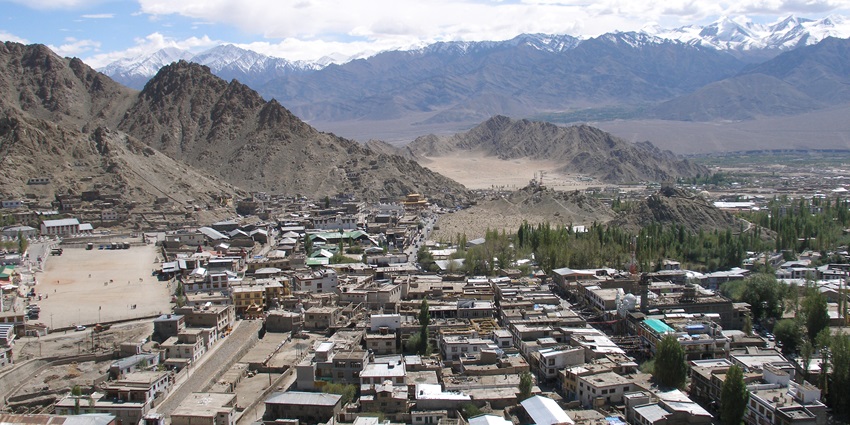
Photo: Vyacheslav Argenberg / Wikimedia Commons
Located in the Leh region of the Indian administered union territory of Ladakh, Saspol Caves are approximately 60 kilometres from the village of Saspol. Sitting on the cliffs overlooking the calm waters of Indus River, the caves boast of providing spectacular views of the beautiful topography. The site is close to Leh, and it is the best place to stop when exploring the famous Sham Valley.
Suggested Read: Trekking In Ladakh Zanskar
How To Reach Saspol Caves
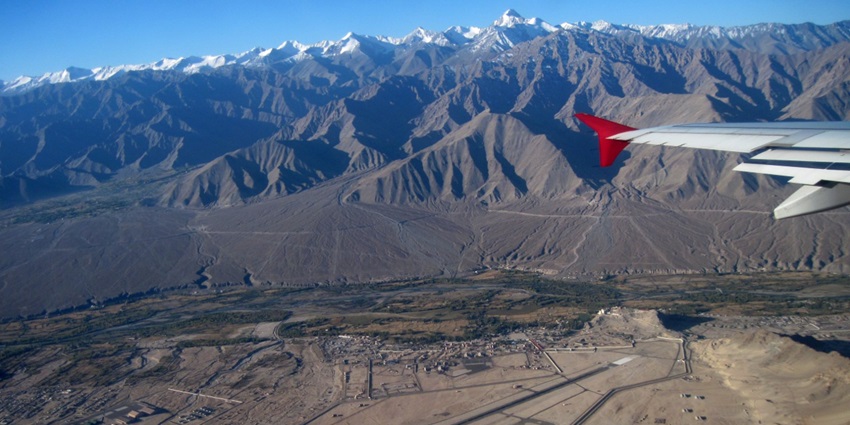
Photo: caffeineAM / Wikimedia Commons
You can reach Saspol Caves Ladakh through air, road or rail:
By Road: The easiest access to Saspol is by road from Leh. One can take a taxi or self-drive along National Highway 1 through which Leh is connected to Saspol. The scenic drive takes about one and a half hours.
By Rail: The rail head is Jammu Tawi which is about 730 kms away from Leh, Ladakh. From there one can take a taxi or board a bus to Leh and then travel to Saspol by road.
By Air: The nearest airport to Leh is Kushok Bakula Rimpochee Airport. One can hire a taxi from the airport to Saspol, which is approximately about 1.5 hours from the airport.
Places To Visit Around Saspol Caves
After exploring Saspol Caves, go on to visit these surrounding attractions:
1. Alchi Monastery
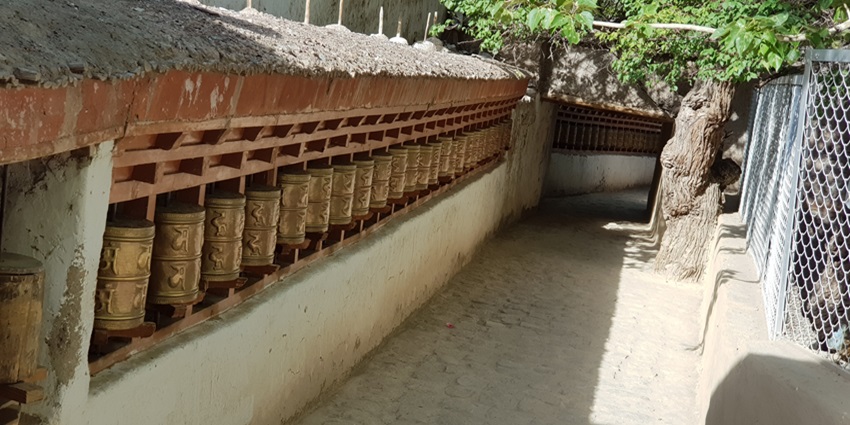
Photo: Drporwal / Wikimedia Commons
Alchi Monastery, located 10 km from Saspol, is a treasure trove of Indo-Tibetan art, dating back to the 10th-11th century. Known for its exquisitely detailed murals, the monastery offers a serene experience for visitors interested in Buddhist art and history. Unlike many other monasteries in Ladakh, Alchi was constructed at a lower altitude, making it more accessible to visitors. The highlight of Alchi is its Dukhang (Assembly Hall) and Sum Tsek. This is a temple with rare, intricate wooden carvings and vibrant murals that depict Buddhist teachings.
Location: Alchi, 10 km from Saspol
Best Time To Visit: June to September
Entry Fees: ₹30 for adults
Suggested Read: Puga Valley In Ladakh
2. Likir Monastery
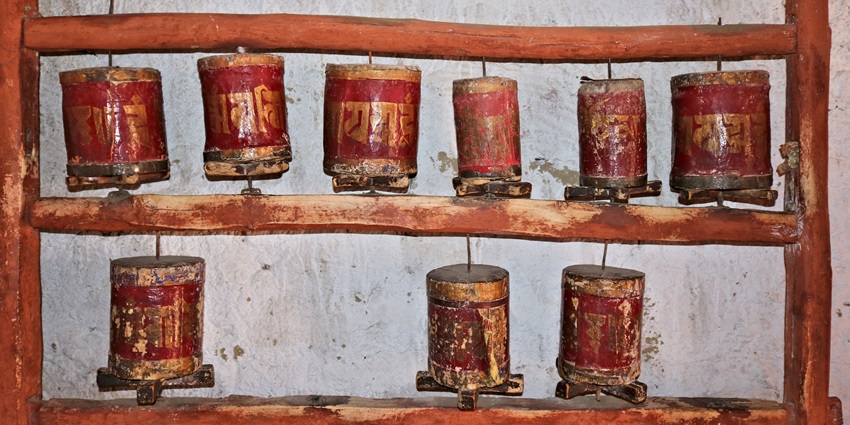
Photo: Ingo Mehling / Wikimedia Commons
Likir Monastery, located 21 km from Basgo, is one of the oldest monasteries in Ladakh, founded in the 11th century. Nestled in a stunning landscape, it is famous for its impressive 25-metre statue of Maitreya Buddha, symbolising compassion and hope. The monastery serves as a vital centre for Buddhist learning and features beautiful murals and thangkas that depict Buddhist teachings. Likir’s serene environment and spiritual atmosphere make it a popular destination for both pilgrims and tourists seeking insight into Ladakh’s rich cultural heritage.
Location: Likir, 20 km from Saspol
Best Time To Visit: May to September
Entry Fees: ₹25 for adults
3. Basgo Monastery
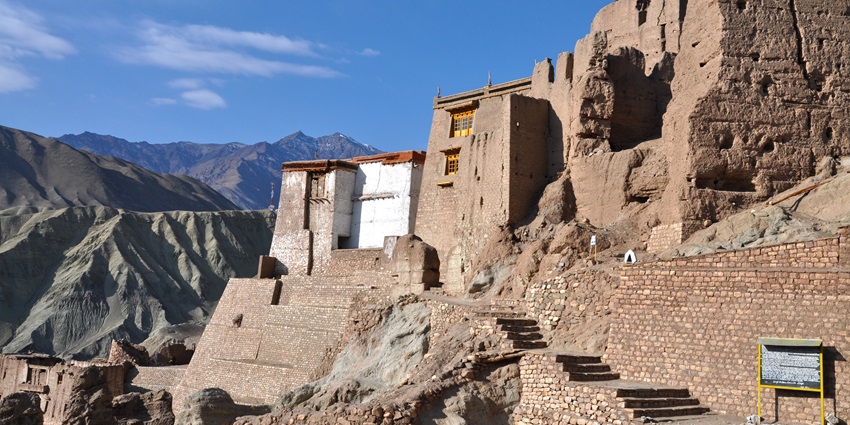
Photo: Prof Ranga Sai / Wikimedia Commons
Located 15 km from Saspol, Basgo Monastery is a UNESCO World Heritage Site and an essential stop for history enthusiasts. Built in the 16th century, the monastery is famous for its ancient ruins and breathtaking murals. Basgo was once the political and cultural centre of lower Ladakh, and its historical importance is reflected in its massive fortification walls. The murals inside the monastery depict the life of Buddha and various Bodhisattvas, showcasing the fusion of Indian and Tibetan art. The serene surroundings and the monastery’s historical significance make it a must-visit
Location: Basgo, 15 km from Saspol
Best Time To Visit: June to September
Entry Fees: ₹30 for adults
Suggested Read: Discover The Famous Monasteries In Ladakh
4. Phyang Monastery
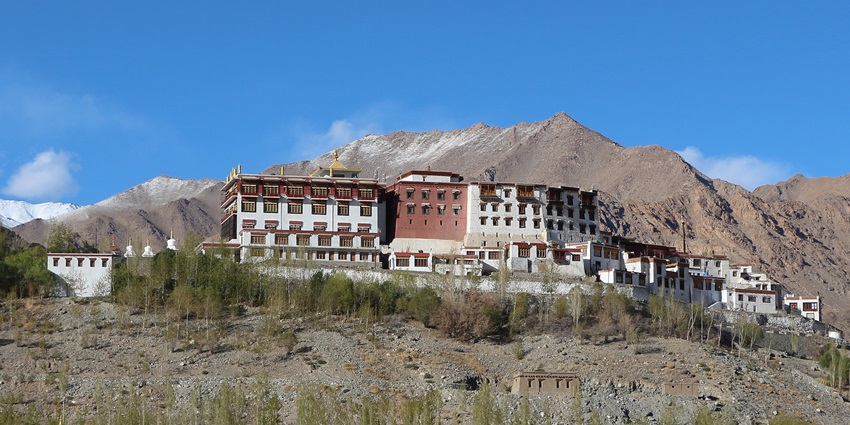
Photo: Bernard Gagnon / Wikimedia Commons
Phyang Monastery, located 30 km from Saspol, is a significant religious and cultural hub in Ladakh. Established in the 16th century, the monastery belongs to the Drikung Kagyu sect of Tibetan Buddhism. It is known for its vast collection of ancient Buddhist scriptures, thangkas, and sculptures. A highlight of Phyang is its annual Phyang Tsedup Festival, where colourful masked dances are performed. The monastery’s museum is another must-see, offering a glimpse into Ladakh’s rich cultural history with its display of rare artefacts. The monastery’s peaceful surroundings provide an ideal spot for meditation
Location: Phyang, 30 km from Saspol
Best Time To Visit: June to September
Entry Fees: Free
Where To Stay
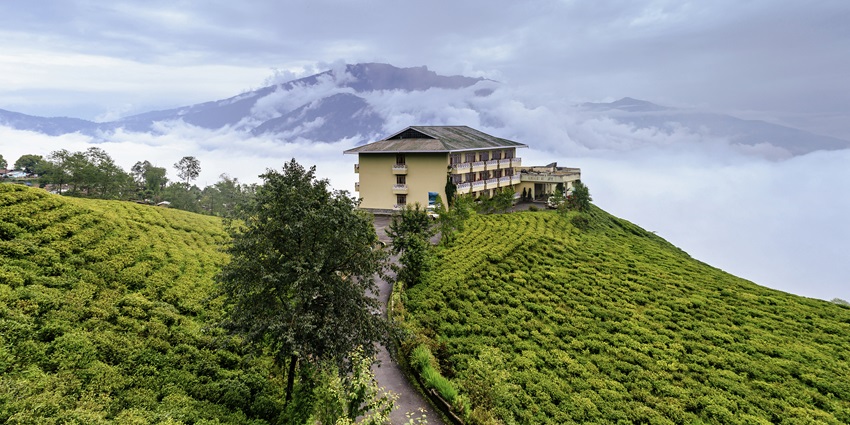
Photo: Subhrajyoti07 / Wikimedia Commons / Image For Representation Only
There are several options for accommodations near the Saspol Caves. Alchi Resort is a great option located around 10 km away, offering beautiful views and comfortable rooms with a blend of Ladakhi hospitality. Likir House near Likir Monastery (about 15 km away) provides a more budget-friendly, family-run guesthouse experience with a cosy and homely atmosphere. For those seeking a more luxurious stay, Nimmu House (25 km away) is a boutique heritage hotel. This offers stylish rooms, organic food, and a tranquil environment that complements your visit to the cultural sites in the area.
Suggested Read: Enhance Your Vacation With These Things To Do In Ladakh
Where To Eat

Photo: Christopher John SSF / Wikimedia Commons
Despite the fact that Saspol is quite isolated, there is good food nearby. Alchi Kitchen, located about 10 km from Tingmosgang Village Resort, famous for both Thukpa (a kind of a noodle soup) and momos (a type of dumpling). A visit to Leh will largely offer more choices with highly recommended restaurants such as Gesmo Restaurant and Bon Appétit. There is, for example, Gesmo with both Tibetan and European cuisines and Bon Appétit which serves a fusion diet and has aesthetic views of the mountain. Both places are good for tourists especially for those who want to take a break from the captivating scenery of Ladakh.
Best Time To Visit
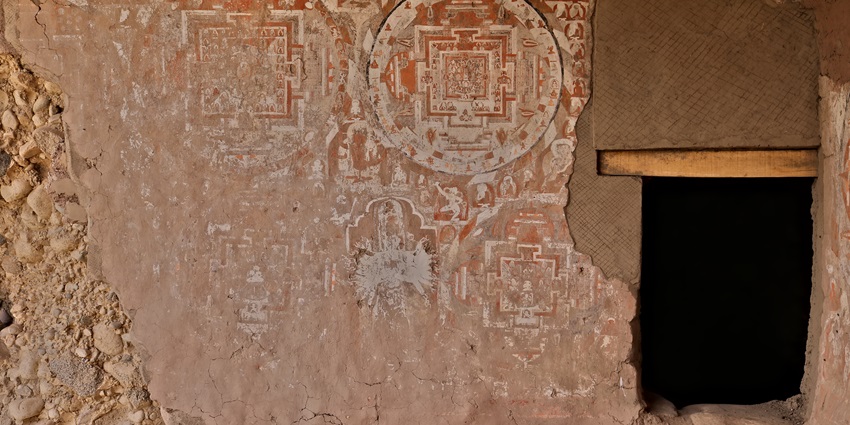
Photo: imehling / Wikimedia Commons
The best time to visit the Saspol Caves is between May and September. During these months, the weather in Ladakh is pleasant with clear skies and daytime temperatures ranging from 15°C to 25°C. This makes it comfortable for exploring outdoor attractions like the Saspol Caves, and other nearby places. It’s recommended to avoid visiting during the winter months from November to March when the area is often cut off due to heavy snowfall.
Suggested Read: Places To Visit In Leh For A Refreshing Retreat In Nature’s Lap
Other Factors To Consider
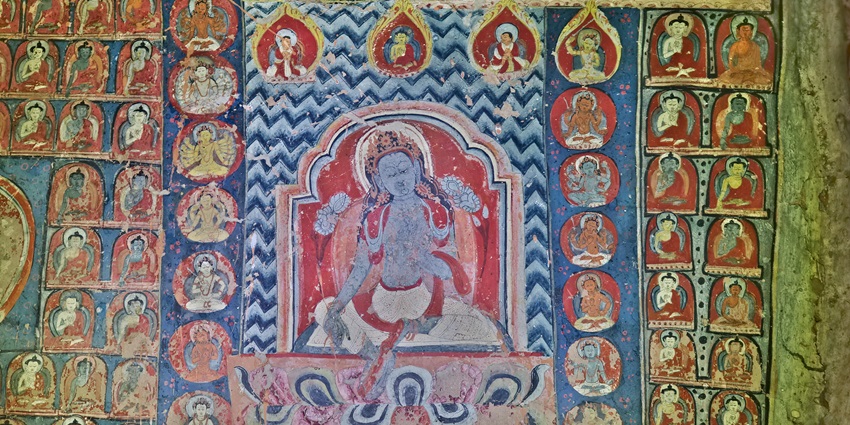
Photo: imehling / Wikimedia Commons
Although there is no formal entry fee, donations for conservation efforts are appreciated. Saspol Caves timings are from sunrise to sunset. Visiting during daylight is essential to appreciate the artwork without artificial light.
Tips For Travellers
- Staying hydrated and acclimating to the altitude is equally important.
- It’s also crucial to have an Inner Line Permit for travelling in Ladakh, which can be obtained in Leh.
- The caves can be dimly lit, and a flashlight will help you see the detailed murals more clearly.
- A guide can provide in-depth knowledge about the history and significance of the caves, enriching your experience.
- Avoid touching the murals, and follow any guidelines provided to help preserve this fragile heritage site.
- The terrain around the caves can be uneven, so sturdy footwear is essential for safe exploration.
- Don’t forget to click Saspol Caves photos for your memories.
Saspol Caves hold their visitors in awe as they transport them back in time to explore the religious and artistic domain of Ladakh. The Buddhist wall paintings, the monotonous beauty of the surroundings that strikes the traveller soothes and delights their spirit and soul. This is in a manner that perhaps no other cave or cave complex in Ladakh can provide. Regardless of the type of interest, whether historical, archaeological or even travellers who seek uncharted territories, Saspol Caves should be visited. Plan your visit with TripXL for a hassle-free journey.
Cover Photo: imehling / Wikimedia Commons


 WhatsApp
WhatsApp
 Twitter
Twitter









